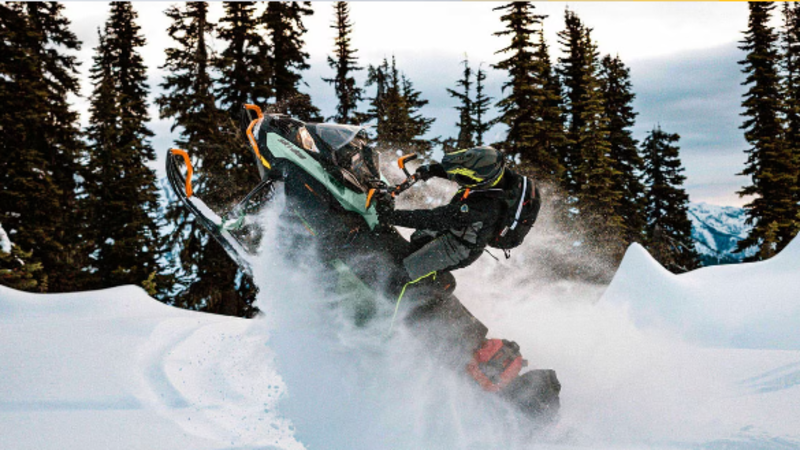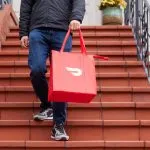
‘Sky is the limit:’ Pilot project using drones to send medical supplies, COVID tests
MORLEY, Alta. — The windswept foothills of Alberta’s Rocky Mountains are the setting for a pilot project using drones to deliver medical supplies and personal protective equipment to remote communities.
Researchers at the University of Calgary, Southern Alberta Institute of Technology (SAIT), Alberta Health Services and Alberta Precision Laboratories partnered with the three reserves that are part of the Stoney Nakoda First Nation last summer.
A large drone, looking very much like a small helicopter and able to carry up to 45 kilograms, delivered equipment and COVID-19 test kits on its maiden voyage to the Morley reserve west of Calgary.
The project was the brainchild of Wade Hawkins, lead researcher at SAIT’s Centre for Innovation and Research in Unmanned Systems, and Dr. John Conly, medical director of the Cumming School of Medicine’s research and innovation centre.


